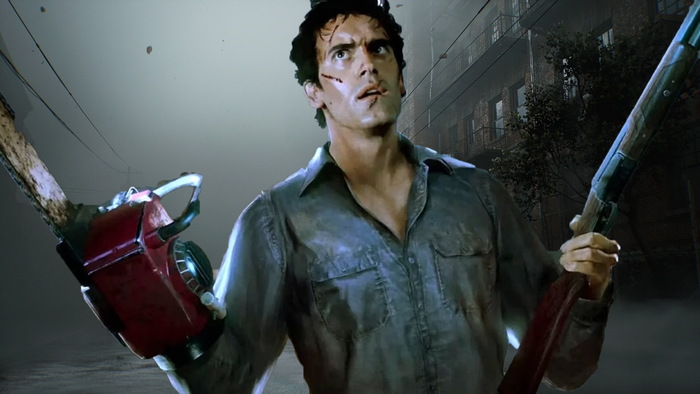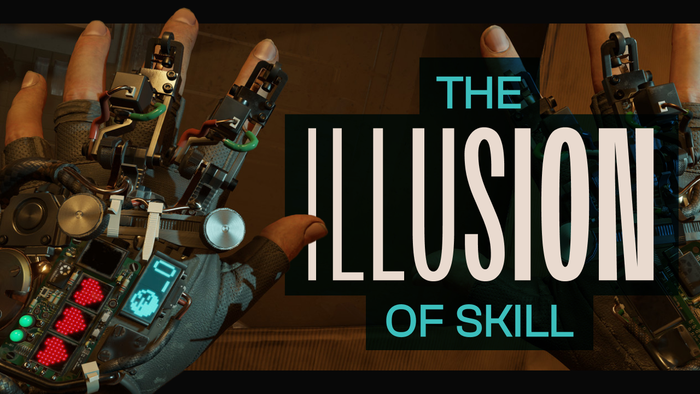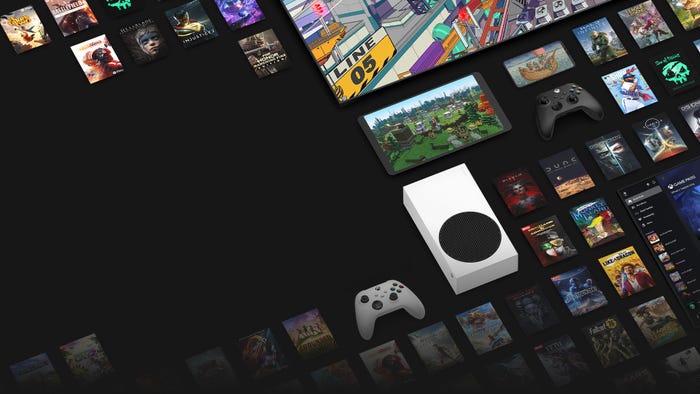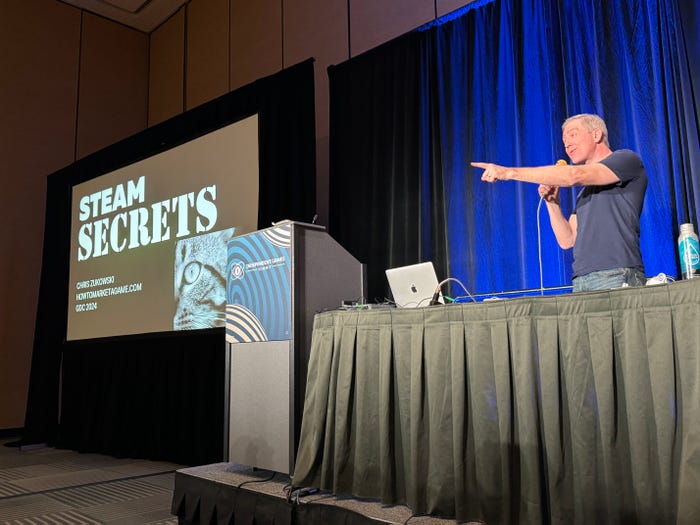Terry Cavanagh's playful process of commercial-free game design
Terry Cavanagh has a new game. Actually, scratch that -- the VVVVVV dev has finally finished a very old game that has very much been an on-and-off project over a number of years.

Terry Cavanagh has a new game. Actually, scratch that -- the VVVVVV and Super Hexagon developer has finally finished a very old game that has very much been an on-and-off project over a number of years, to the joy of his most dearest of followers. As you'd expect from Cavanagh, this isn't your average video game release. Over the course of around an hour of play, Naya's Quest explores a wide range of visual perception conundrums, rarely sticking to a single game mechanic for too long. As with VVVVVV, Naya's Quest is simply not content with building an entire experience around a single mechanic. "It was a very playful process, a process of discovery," Cavanagh tells me. "I'd mess around with arrangements of tiles and heights, then recompile and see how it looked. Every so often I'd come across something cool, and then I'd iterate on that until I had something that worked as a level." Before we go on, I'd suggest playing the game through -- there are spoilers coming up, and I'd hate for you to have the sheer surprise and wonder of how the game expands ruined. Played it? Excellent -- let's discuss the later stages of the game then. Says Cavanagh, "The third stage was a little different, more about trying to make the best use of each new thing. For example, the diagonal control level gave me an opportunity to have diagonal jumps, and hide 'the next jump' directly under another platform, which isn't normally possible." Another example was the "squish" level -- this allowed Cavanagh to create a much denser space that would usually not be possible without serious legibility issues. Essentially, messing around with perspective allowed the dev to create levels and worlds that wouldn't be possible in a regular platformer.
Guidance through punishment
I note to Cavanagh that I feel like a number of his games -- VVVVVV, Super Hexagon and now Naya's Quest -- feel like they are being intentionally frustrating and evil to the player at times. I ask the dev if he's going for a sort of Ben Foddy angle with his recent game design. As it turns out, Naya's Quest wasn't created in this way to be frustrating -- rather, it was more about leading the player to play the game "properly." "I think the main thing that makes Naya's Quest frustrating isn't actually anything about the puzzles - it's the lives system and the way it pushes you back a room when you fail," he says. "This was a pretty scary thing to add to the game, and understandably a lot of people hate it - but I feel like the game is ultimately stronger with it, as it guides players towards playing it the way it's supposed to be played."  The issue, he notes, is that the game is at its best when the person at the controls is playing along. "The single worst experience you can have with this game is to approach it as trial and error, which is exactly what happens when you don't have any real consequences to failure," he adds. By adding lives and halting any possible trial-and-error attempts, players are forced to really stop and consider the puzzles, looking around the level layout and making connections between the platforms. Notes Cavanagh, "Really think, not just jump about and hope for the best. Without this consequence, it's actually completely possible to stumble blindly through the whole game and not develop the spatial understanding that the game's trying to induct. If you're playing in such a way that you're dying a lot, then yeah, that's gonna be frustrating for sure." "This is definitely the weakest thing about the game, though. Maybe there was a better solution I never thought of. Mea cupla."
The issue, he notes, is that the game is at its best when the person at the controls is playing along. "The single worst experience you can have with this game is to approach it as trial and error, which is exactly what happens when you don't have any real consequences to failure," he adds. By adding lives and halting any possible trial-and-error attempts, players are forced to really stop and consider the puzzles, looking around the level layout and making connections between the platforms. Notes Cavanagh, "Really think, not just jump about and hope for the best. Without this consequence, it's actually completely possible to stumble blindly through the whole game and not develop the spatial understanding that the game's trying to induct. If you're playing in such a way that you're dying a lot, then yeah, that's gonna be frustrating for sure." "This is definitely the weakest thing about the game, though. Maybe there was a better solution I never thought of. Mea cupla."
"If everything I worked on had to be a thing that would make money, I might never have made this."
Naya's Quest is completely free to play in a web browser, which may come as a surprise, given that other larger project such as this from Cavanagh have had price tag slapped on them. Why is the dev giving away a title so chock full of gorgeous ideas for absolutely nothing? Surely plenty of people wouldn't have minded paying at least a small fee to give it a whirl? "I don't believe Naya's Quest would sell, if I tried to sell it, but that doesn't mean I shouldn't have worked on it, if I'm able," he answers. "I think the ideas behind it were good enough that it was worth bringing it to life. What I tried to get across with the game was important to me." Cavanagh explains that, when creating a game, he tries his utmost hardest to ignore any commercial pressures that may arise. "It's important to me to not let that be a factor in what I create," he adds. "If I didn't do that, I think commercial pressures would inevitably influence what I chose to spend my time working on. If everything I worked on had to be a thing that would make money, then I might work on other things. I might never have made this." "What's important to me, above all else, is to do the best work that I can, even if that means I end up spending six months on a game that I eventually give away for free. I hope I can continue to do that for as long as I'm able to."
About the Author(s)
You May Also Like


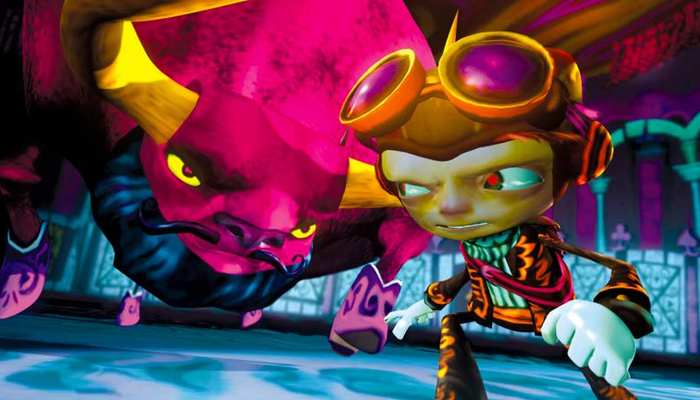


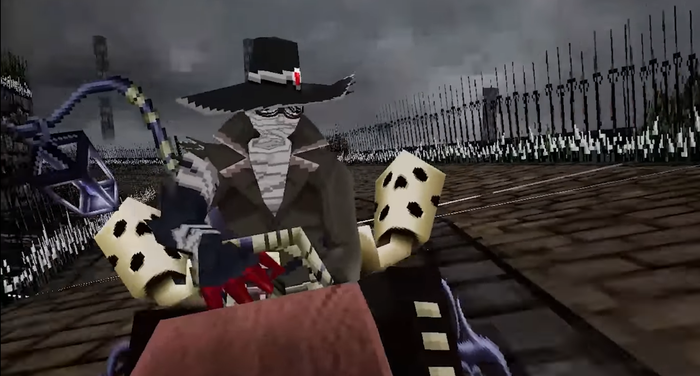
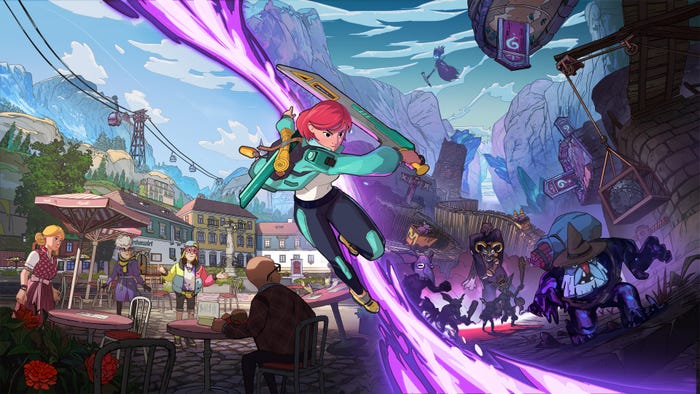
.jpeg?width=700&auto=webp&quality=80&disable=upscale)


